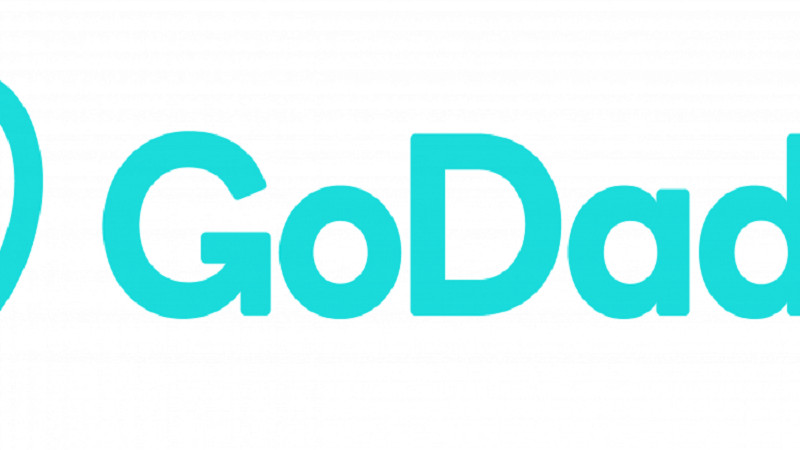Latest News on Our Blog

TECH SKILLS AND THEIR CAREER PATH (PART 1)
PRODUCT MANAGER: What is a Product and Product Management?
We would streamline our scope to a digital product as applied in product management.
A [digital] product is any software application (website, mobile apps, games, web applications, e.t.c) that is used to solve a specific problem or set of problems or meet a need or want.
I'm hoping you will begin to see the world differently from now.
Here are some examples of some products and the problems they solve:
-
Google: solves the problem of searching for information & resources.
-
Uber: solves the problem of inconsistency in taxi prices, comfort, e.t.c.
-
Instagram: solves boredom or provides entertainment. It also proves businesses a way to sell their products or services.
What is product management?
Product management is the business process of planning, developing, launching, and managing a product or a specific feature in a product. In the latter case, the feature becomes the product. An example is the LIKE button on Facebook or the search feature within any app.
So a Product Manager is a person that manages a product. A product manager is not necessarily a manager over anyone within the team. It is why Charisma, influence, and negotiation are some of the soft skills of a good Product Manager. Because you need to work with a cross-functional team of designers, developers, marketers, and other stakeholders who are not under your hierarchy.
Here are top qualities of a Great Product Manager:
-
Leadership
-
Empathy
-
Effective Communication
-
Collaboration
-
Active listening
-
Prioritization
-
Analytical skill
-
Strategic thinking
-
Curiosity
Many tech professionals follow a product manager career path because it blends responsibilities and exciting job duties.
Product managers are often called“mini-CEOs” because of the influence they have at a company. They manage complex products and work with team members in all departments.
While you may be familiar with or have worked alongside product managers before, you may not know what the typical PM career path looks like.
Your First Product Management Job
Typically, there are 2 ways folks find their way into product management: through an Associate Product Management (APM) program or by making a lateral move to product internally within their company.
APM programs provide college graduates and early-career professionals the chance to break into product management.
The original APM program was developed in the early 2000s by, then-Google product manager, Marissa Mayer.
At the time, Google needed some way to recruit the raw talent it couldn't obtain from industry hires.Since then, other companies have adopted their own APM programs similar to Google's. Many thousands of applicants apply each year.
As you can imagine, APM roles are very competitive (arguably even more competitive than experienced product manager roles).The more common way people break into product management is by moving laterally within their own company. After all, PM is in and of itself an interdisciplinary role.
Most of these people were in a role that worked very closely with product managers. Some of these roles include software engineering, product design, data analysts, sales, marketing, and customer support.
If you are making an internal transition to product management, try to work as closely with the PM as you possibly can and slowly take on responsibilities that a PM would normally perform.
You can add value by leveraging the expertise you have from your original role, whether that's technical knowledge, data analysis, or design intuition.
Job Responsibilities and Duties
First and foremost, the most entry-level product manager position, besides interns, are associate product managers.
Generally speaking, APMs will work under other product managers in larger companies. Smaller organizations may not include APMs on their product teams at all.
Associate product managers are typically fresh out of university or early in their careers. They are tasked with handling smaller or more focused aspects of product development.
They assist other product managers on their team to gather customer feedback along with other relevant product data. This may include reviewing quantitative metrics, conducting customer surveys, and more.
Using this data, APMs can help influence the product development roadmap, if need be.
Associate product managers usually work closely with mid-level product managers, which allows them to deeply learn about product management fundamentals and advance into a more senior PM position.
Career Path
There’s a lot of confusion around product management job titles, seniority, and hierarchy. This makes it hard to compare jobs, plan your career, and attract the right talent to your team. Let’s take a look at the product manager levels:
i. Associate Product Manager
ii. Junior Product Manager
iii. Product Manager
iv. Senior Product Manager
v. Product Lead / Lead Product Manager
vi. Product Director / Group Product Manager
vii. VP Product / Head of Product
viii. CPO / Chief Product Officer
A Chief Product Officer is the most senior product person in an organisation. They usually manage more than one team of product managers and represent product in the C-suite or management team. They are responsible for overall product strategy and alignment within their teams and with other parts of the organisation.
Average Associate Product Manager (APM) Salary:
APM salaries vary based on company and by location. The average salary for an APM is around $80,000/year.
However, APM salaries can be as high as $120,000/year or as low as $60,000/year.
Stock options and signing bonuses are also available for some APM positions, but this depends on the organization.
Average Chief Product Officer (CPO) Salary:
From research, the average annual salary of a Chief Product Officer is as high as $286,000/year and as low as $88,000/year, the majority of Chief Product Officer salaries currently range between $200,000 (25th percentile) to $259,500 (75th percentile) with top earners (90th percentile) making $277,500 annually across the United States.
The average pay range for a Chief Product Officer varies greatly (by as much as $59,500), which suggests there may be many opportunities for advancement and increased pay based on skill level, location and years of experience.
If pursing a career in Product Management is your goal, I believe this article will serve as a guide to help you navigate your path appropriately.



